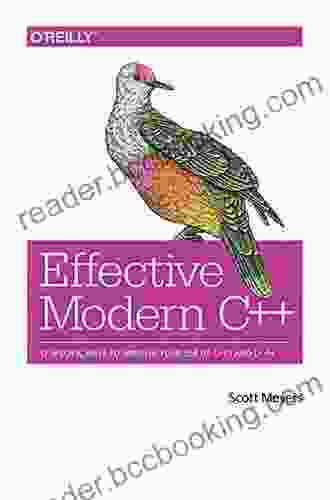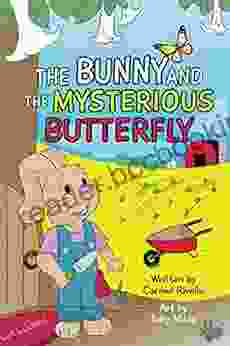42 Specific Ways To Improve Your Use Of 11 And 14: A Comprehensive Guide for Enhanced Learning and Communication

In the realm of English grammar, the proper use of articles plays a pivotal role in conveying the intended meaning of a sentence. Among the various articles, "11" and "14" hold a unique position, requiring careful attention to ensure clarity and coherence in writing. This comprehensive guide, "42 Specific Ways To Improve Your Use Of 11 And 14," is meticulously designed to equip you with an in-depth understanding of these articles, empowering you to elevate your English proficiency to new heights.
Understanding the Basics of 11 and 14
Articles are essential grammatical tools used before nouns to specify their definiteness or indefiniteness. "11" is known as the definite article, while "14" is the indefinite article. These articles serve as linguistic indicators, providing crucial information about the noun they precede.
4.7 out of 5
| Language | : | English |
| File size | : | 1567 KB |
| Text-to-Speech | : | Enabled |
| Screen Reader | : | Supported |
| Enhanced typesetting | : | Enabled |
| Print length | : | 451 pages |
11 (The Definite Article)
The definite article "11" is used to refer to specific or definite nouns. It implies that the noun is known to the reader or has been previously mentioned in the context. For example:
* I love the book you gave me. * The cat is sleeping on the couch.
14 (The Indefinite Article)
Conversely, the indefinite article "14" is used to refer to non-specific or indefinite nouns. It signifies that the noun is not specific or has not been mentioned before. For example:
* I need a new car. * There is a bird in the tree.
Specific Ways to Improve Your Use of 11 and 14
Mastering the appropriate usage of 11 and 14 is essential for effective communication in English. The following section presents 42 specific ways to help you improve your use of these articles:
Definite Article (11)
1. Use "11" before specific nouns that have been previously mentioned or are known to the reader. 2. Use "11" before superlatives ("the best," "the most") and ordinal numbers ("the first," "the second"). 3. Use "11" before nouns preceded by possessive adjectives ("my," "your," "his," etc.). 4. Use "11" before proper nouns that represent unique entities (e.g., "The United States," "The Great Wall"). 5. Use "11" before nouns preceded by "of the" construction (e.g., "the King of England"). 6. Use "11" before nouns that have been made specific by a defining clause (e.g., "The car that I bought is blue"). 7. Use "11" before abstract nouns that represent general concepts (e.g., "The truth will set you free"). 8. Use "11" before nouns that are modified by "all," "both," "half," or "part." 9. Use "11" before nouns that are used in a generic sense (e.g., "The dog is a loyal animal"). 10. Use "11" before nouns that are used to personify or give human qualities to non-human things (e.g., "The wind whispered through the trees"). 11. Use "11" before nouns that represent a class or category of things (e.g., "The rich are often envied"). 12. Use "11" before nouns that are preceded by "the only," "the same," or "the very." 13. Use "11" before nouns that are used in exclamations or emphatic expressions (e.g., "The horror!"). 14. Use "11" before nouns that are used in comparisons (e.g., "The new car is faster than the old one"). 15. Use "11" before nouns that are used in titles or headings (e.g., "The Lord of the Rings"). 16. Use "11" before nouns that are used in direct address (e.g., "The captain Free Downloaded the crew to set sail"). 17. Use "11" before nouns that are used in appositive constructions (e.g., "John, the captain, Free Downloaded the crew to set sail"). 18. Use "11" before nouns that are used in parallel structures (e.g., "The king, the queen, and the princess attended the ball"). 19. Use "11" before nouns that are used in restrictive clauses (e.g., "The students who studied hard passed the exam"). 20. Use "11" before nouns that are used in non-restrictive clauses (e.g., "The students, who studied hard, passed the exam"). 21. Use "11" before nouns that are used in prepositional phrases (e.g., "The cat sat on the couch").
Indefinite Article (14)
1. Use "14" before non-specific nouns that have not been previously mentioned or are unknown to the reader. 2. Use "14" before nouns that are preceded by quantifiers ("a few," "a little," "a lot," etc.). 3. Use "14" before nouns that are used in a general sense (e.g., "A dog is a loyal animal"). 4. Use "14" before nouns that are used to represent a type or example of something (e.g., "A rose is a beautiful flower"). 5. Use "14" before nouns that are used to introduce new information (e.g., "A man walked into the bar"). 6. Use "14" before nouns that are used in comparisons (e.g., "A cat is smaller than a dog"). 7. Use "14" before nouns that are used in exclamations or emphatic expressions (e.g., "What a beautiful day!"). 8. Use "14" before nouns that are used in titles or headings (e.g., "A Tale of Two Cities"). 9. Use "14" before nouns that are used in direct address (e.g., "A moment, please"). 10. Use "14" before nouns that are used in appositive constructions (e.g., "John, a captain, Free Downloaded the crew to set sail"). 11. Use "14" before nouns that are used in parallel structures (e.g., "A king, a queen, and a princess attended the ball"). 12. Use "14" before nouns that are used in restrictive clauses (e.g., "Students who study hard pass the exam"). 13. Use "14" before nouns that are used in non-restrictive clauses (e.g., "Students, who study hard, pass the exam"). 14. Use "14" before nouns that are used in prepositional phrases (e.g., "I met a friend at the park"). 15. Use "14" before nouns that are used to represent a group or collection of things (e.g., "A group of people gathered in the square"). 16. Use "14" before nouns that are used to represent a part or portion of something (e.g., "A slice of bread"). 17. Use "14" before nouns that are used to represent a distance or measurement (e.g., "A mile away"). 18. Use "14" before nouns that are used to represent a period of time (e.g., "A year ago"). 19. Use "14" before nouns that are used to represent a quantity or amount (e.g., "A gallon of milk"). 20. Use "14" before nouns that are used to represent a rate or speed (e.g., "A mile per hour").
Mastering the appropriate usage of 11 and 14 is a fundamental aspect of effective English communication. By adhering to the guidelines outlined in this comprehensive guide, you can refine your writing and speaking skills, ensuring clarity, precision, and elegance in your expression. Remember, practice makes perfect – consciously implement these tips into your daily communication, and witness a transformative improvement in your use of 11 and 14.
4.7 out of 5
| Language | : | English |
| File size | : | 1567 KB |
| Text-to-Speech | : | Enabled |
| Screen Reader | : | Supported |
| Enhanced typesetting | : | Enabled |
| Print length | : | 451 pages |
Do you want to contribute by writing guest posts on this blog?
Please contact us and send us a resume of previous articles that you have written.
 Book
Book Novel
Novel Page
Page Chapter
Chapter Text
Text Story
Story Genre
Genre Reader
Reader Library
Library Paperback
Paperback E-book
E-book Magazine
Magazine Newspaper
Newspaper Paragraph
Paragraph Sentence
Sentence Bookmark
Bookmark Shelf
Shelf Glossary
Glossary Bibliography
Bibliography Foreword
Foreword Preface
Preface Synopsis
Synopsis Annotation
Annotation Footnote
Footnote Manuscript
Manuscript Scroll
Scroll Codex
Codex Tome
Tome Bestseller
Bestseller Classics
Classics Library card
Library card Narrative
Narrative Biography
Biography Autobiography
Autobiography Memoir
Memoir Reference
Reference Encyclopedia
Encyclopedia Write Blocked
Write Blocked Kresley Cole
Kresley Cole Sophia Glock
Sophia Glock Kris Timken
Kris Timken Komi Afetse
Komi Afetse Kat Cho
Kat Cho Stephen James
Stephen James Ralph Blumenthal
Ralph Blumenthal Roy Peter Clark
Roy Peter Clark Paul F Robinson
Paul F Robinson Richard Erdoes
Richard Erdoes Michael Lear Hynson
Michael Lear Hynson Rebecca Bielawski
Rebecca Bielawski Krys Malcolm Belc
Krys Malcolm Belc Miko Flohr
Miko Flohr Todd Eklof
Todd Eklof Marilyn J Hockenberry
Marilyn J Hockenberry Jacqueline Tourville
Jacqueline Tourville Maria Hannay
Maria Hannay Silvana Paternostro
Silvana Paternostro
Light bulbAdvertise smarter! Our strategic ad space ensures maximum exposure. Reserve your spot today!

 Gustavo CoxThe Havana Cigar Tour Tabakmann: An Unforgettable Journey into the Heart of...
Gustavo CoxThe Havana Cigar Tour Tabakmann: An Unforgettable Journey into the Heart of...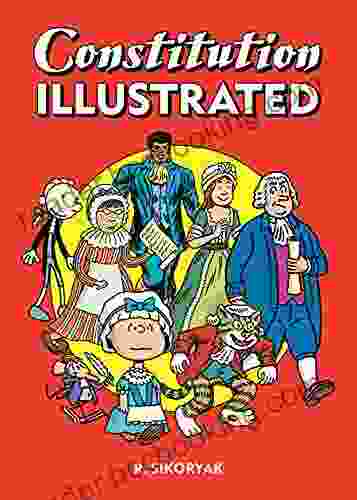
 Elton HayesUnveiling the Constitution: A Visually Captivating Journey with Constitution...
Elton HayesUnveiling the Constitution: A Visually Captivating Journey with Constitution...
 Ralph TurnerMy Official Goat Meat Products Cookbook: A Culinary Odyssey of Delicious and...
Ralph TurnerMy Official Goat Meat Products Cookbook: A Culinary Odyssey of Delicious and... Guy PowellFollow ·18k
Guy PowellFollow ·18k Bo CoxFollow ·5.4k
Bo CoxFollow ·5.4k Henry David ThoreauFollow ·15.2k
Henry David ThoreauFollow ·15.2k Johnny TurnerFollow ·16.3k
Johnny TurnerFollow ·16.3k Israel BellFollow ·8.2k
Israel BellFollow ·8.2k Alexandre DumasFollow ·12.5k
Alexandre DumasFollow ·12.5k Ernest J. GainesFollow ·19.9k
Ernest J. GainesFollow ·19.9k Andres CarterFollow ·13.8k
Andres CarterFollow ·13.8k

 Liam Ward
Liam WardUnleash the Power of Goblin Slayer: Discover the Gripping...
Enter the Shadowy Realm of...
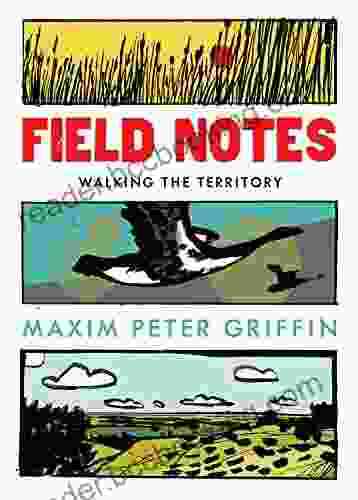
 Eli Brooks
Eli BrooksWalking the Territory: Your Essential Companion for...
Adventure Awaits! Prepare to immerse yourself...

 Floyd Richardson
Floyd RichardsonGoblin Slayer: A Gripping Light Novel Series That Will...
Step into the shadowy...
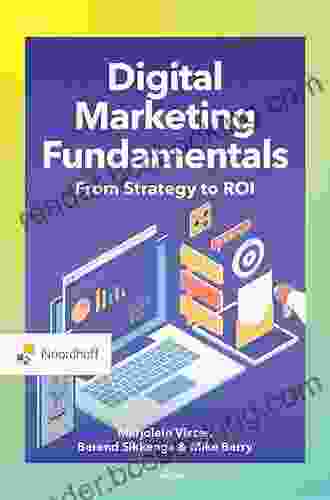
 Dennis Hayes
Dennis HayesFrom Strategy to ROI: The Ultimate Guide to Driving...
In the dynamic and competitive business...

 Edward Reed
Edward ReedUnveiling the Rich Tapestry of Tennis in Britain: A...
: Tennis - A British Love Affair Tennis, a...
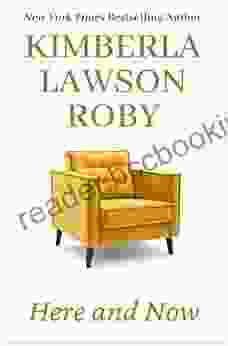
 Michael Crichton
Michael CrichtonEscape into the Thrilling World of "Here and Now" by...
In the tapestry...
4.7 out of 5
| Language | : | English |
| File size | : | 1567 KB |
| Text-to-Speech | : | Enabled |
| Screen Reader | : | Supported |
| Enhanced typesetting | : | Enabled |
| Print length | : | 451 pages |


